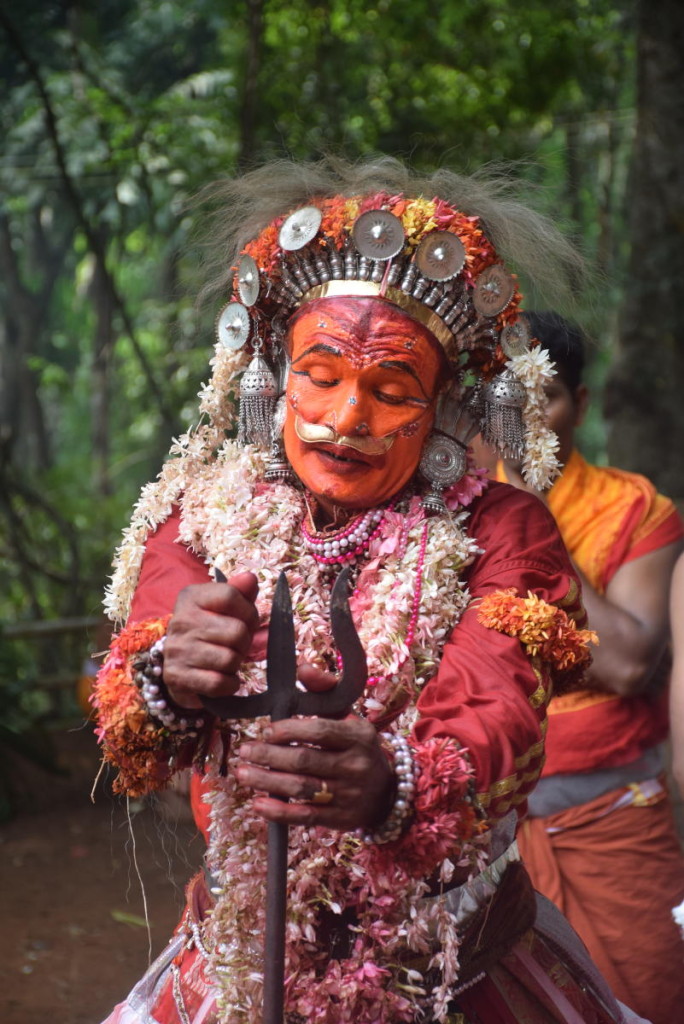The Tamara Coorg has once again been ranked #1 on Tripadvisor Travelers’ Choice Awards List of Top 10 Romantic Hotels in India for the year 2020.
Tripadvisor is the world’s largest travel platform and the Travelers’ Choice Awards is considered one amongst the most prestigious in the travel industry as it is rated by the travelers themselves. This coveted award program celebrates travelers’ favorite hotels, restaurants and airlines around the world, honoring unique businesses every year. The Tamara Coorg has also been ranked #16 on the list of Top 25 luxury hotels in India while The Tamara Kodai launched in 2018 has also made it to the list and has been ranked #20 amongst the Top 25 luxury hotels in India.
The Tamara Coorg is a luxury experience nestled in the heart of the hills, where you can rediscover the joy of being in nature; where your quest for serenity ends. The Tamara Coorg spans 180 acres where you will experience nature and luxury at its best as you wake up to the breathtaking view and the calming silence of the hills, disturbed only by the chirping birds and the rustle of leaves. The unique nature based experiences at The Tamara Coorg includes Forest Therapy, Trekking, Plantation Tours, Blossom to Brew, Bird Watching amongst others.
The exquisite cottages at The Tamara Coorg are designed to provide guests with a rustic, luxurious space to unwind, and enjoy an unmatched view of the hills in the distance, while suspended in nature. Relaxation gets even better at the award-winning spa and wellness centre, The Elevation Spa. It offers signature spa treatments, while the fitness centre includes a steam & sauna, a state-of-the-art fitness center, and a Yoga Temple
Ms. Shruti Shibulal, CEO and Director, Tamara Leisure Experiences Pvt. Ltd, said “We are very proud that The Tamara Coorg has been voted #1 in the Best Romantic Hotels in India category for the year 2020. To have the public recognize us for our commitment to providing unforgettable experiences is very meaningful. This recognition is dedicated to our team who are our biggest asset and who have worked passionately to ensure our guests receive warm, personalized and memorable service”.
Travelers’ Choice Best of the Best and Travelers’ Choice winners are calculated based on the millions of reviews and opinions collected in 2019 from travelers and diners around the world on Tripadvisor. The awards take into account the quality and quantity of traveler reviews and ratings specific to each award category. The hallmark of winners continues to be remarkable service and quality experiences for travelers and diners.
Winners are calculated based on the quality and quantity of the millions of reviews, opinions and ratings collected on Tripadvisor in 2019, prior to the pandemic. With over 8.7 million businesses listed on Tripadvisor, these awards are a testament to the service and quality that winners consistently provide to their guests.
source: http://www.voyagersworld.in / Voyager’s World / Home> Hospitality / by Voyager’s World Bureau / August 07th, 2020







